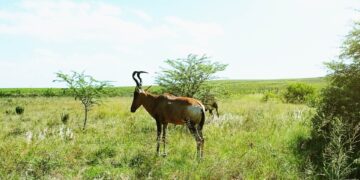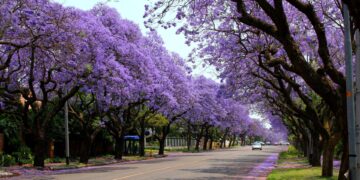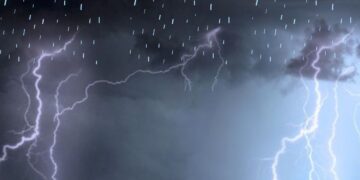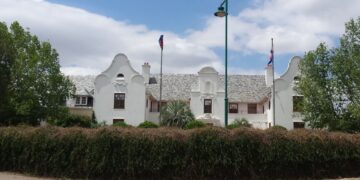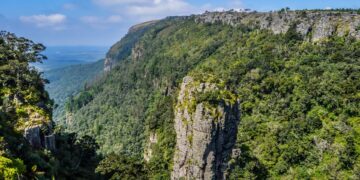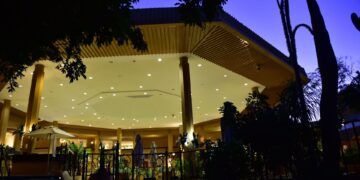Residents of Gauteng witnessed a rare phenomenon yesterday, 7 December, when a rainbow cloud was spotted in the sky. Take a look…

By: Michelle Swart
Residents of Gauteng were treated to a special surprise on 7 December when a rainbow cloud was spotted in several areas.
Photos of this phenomenon were widely shared on social media, and many people were ecstatic to see such a rare beauty.
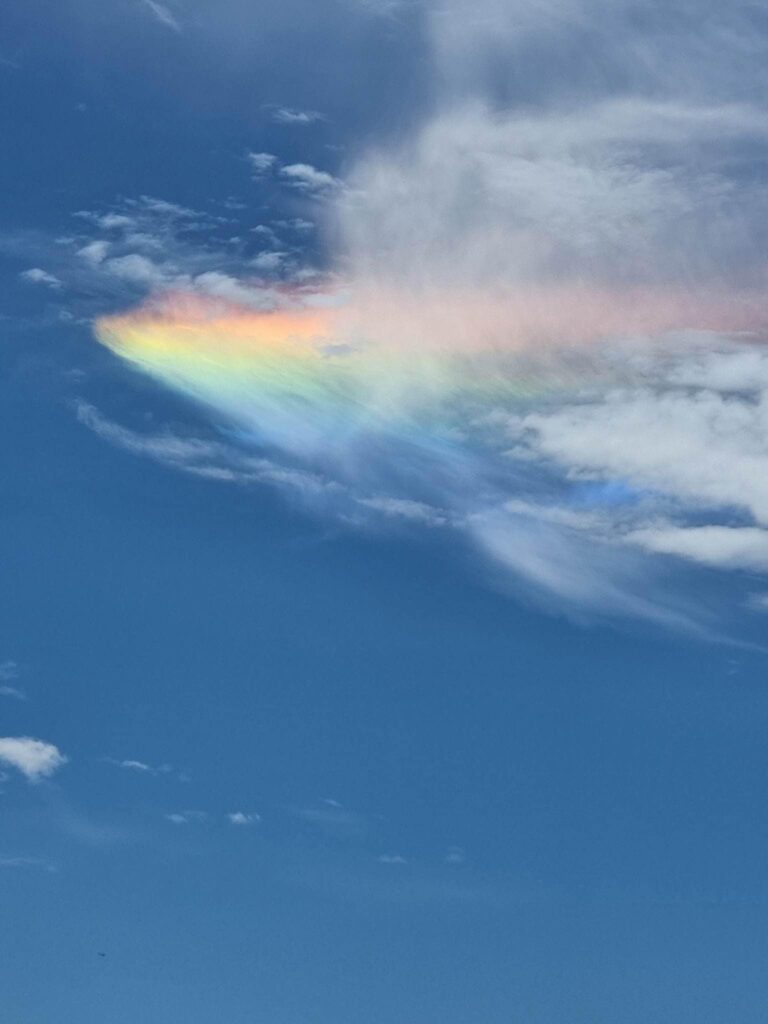
WHAT ARE RAINBOW CLOUDS?
A rainbow cloud can form because of a phenomenon known as cloud iridescence.
It most commonly occurs in altocumulus, cirrocumulus, lenticular, and cirrus clouds. Iridescent clouds form because of diffraction, which occurs when small water droplets or ice crystals scatter the sun’s light.
This is a rare phenomenon.
For this to happen, clouds must be thin and contain many small water droplets or ice crystals.
When this happens the sun’s rays only collide with a few droplets at a time.
Because of this, semi-transparent or newly formed clouds are likely to have iridescence.
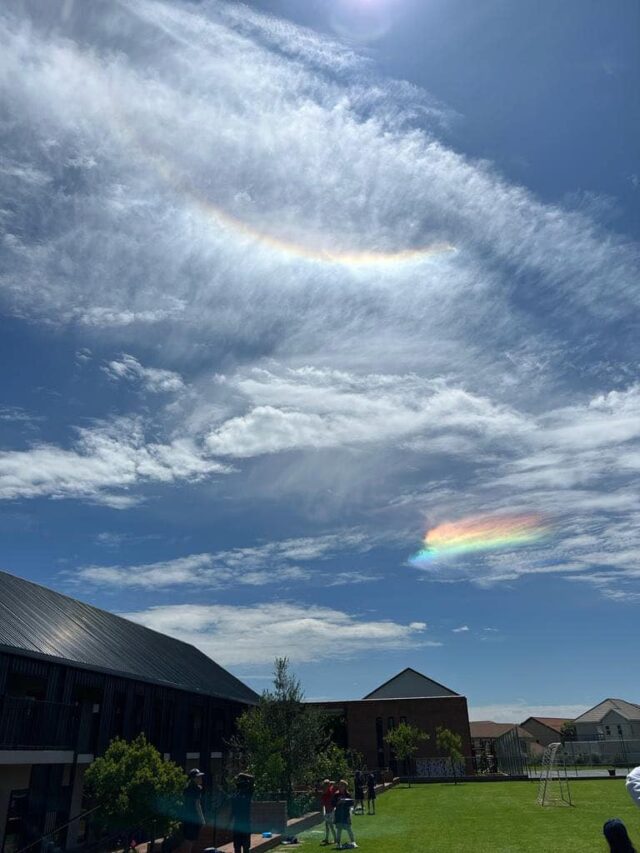
ALSO READ: SEE: Hail and heavy rain BATTER parts of Johannesburg
DIFFERENT TYPES OF RAINBOWS
Many people are unaware that, aside from the typical rainbow seen after a rainstorm, there are numerous other types of rainbows.
- Fogbow – A fogbow is a type of rainbow that occurs when sunlight passes through fog or a small cloud. The fog’s moisture droplets work to distort the light.
- Lunar – Another unusual sight is a lunar rainbow (also known as a “moonbow”). This occurs on the moon during a lunar month.
- Multiple Rainbows – Multiple, or double, rainbows are one of the rarest forms. They happen when several rainbows form at the same time in the same location.
- Twinned – A twinned rainbow is also an uncommon sight. Even though they share a common base, two rainbows are formed, one primary and one secondary. Both rainbows’ colors are seen in the same order.
- Full circle – Rainbows are typically semicircular in shape. However, a full-circle rainbow can occasionally be seen.
- Supernumerary bows – These are yet another uncommon type of bow. It appears as a secondary band within primary rainbows. This type is formed when sunlight strikes drop of water 1 millimeter or smaller in size.





